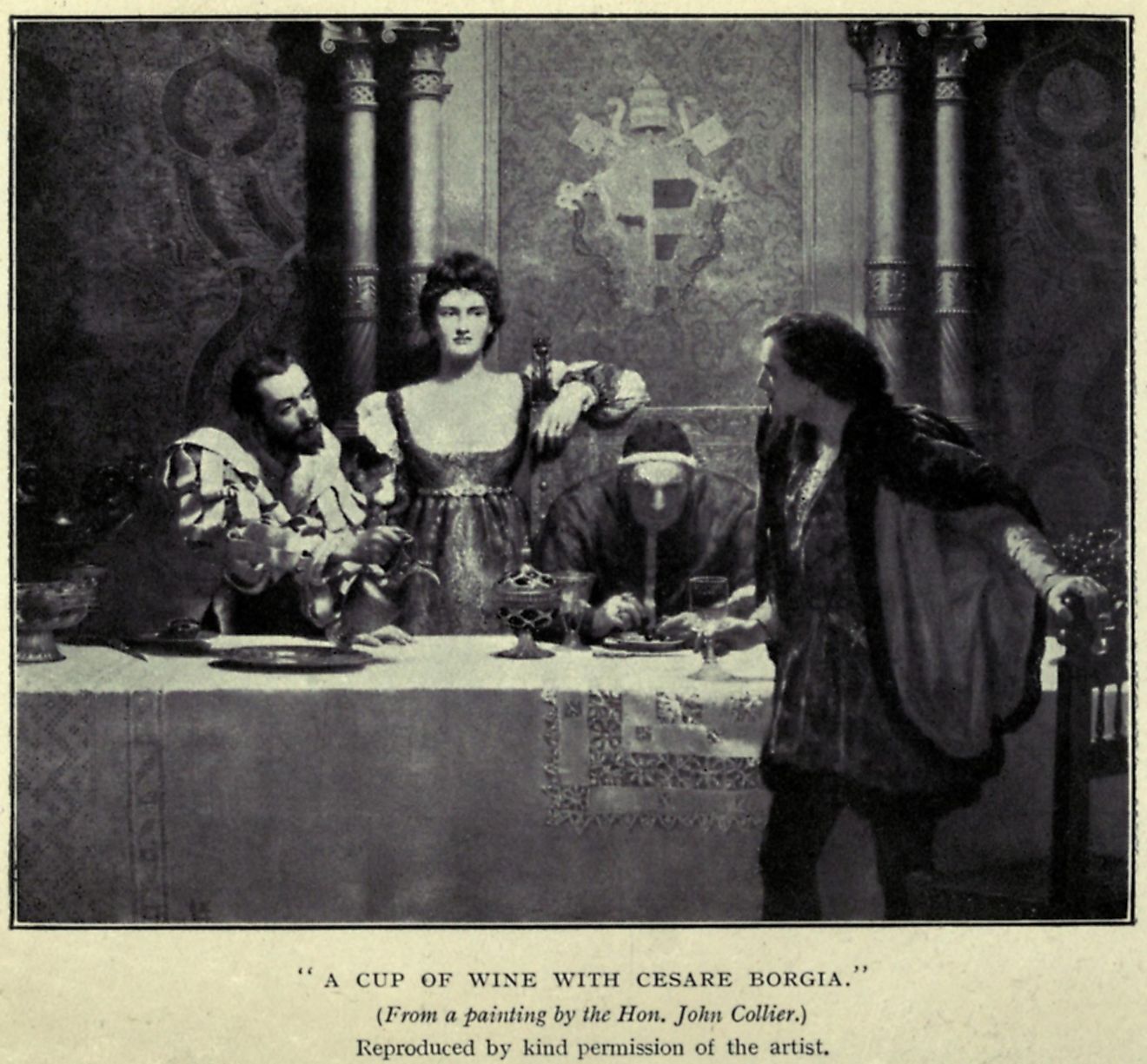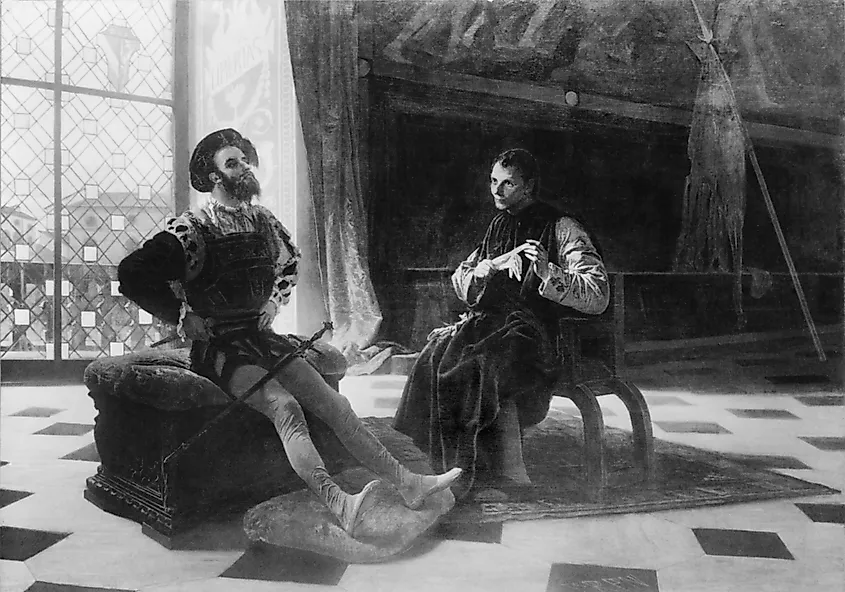Who Was Lucrezia Borgia?

- The Borgia family lived in Italy during the 15th and 16th century.
- Lucrezia Borgia had three marriages, with the last one being with Alfonso d’Este in 1501.
- Her father, Pope Alexander Vl, died in 1503.
One could be accused of living under a rock for failing to recognize the name Borgia. And truly, there are only a handful of names in history that still incite such explosive reactions such as the Borgia family name. And while many who are familiar with the story often display the curious mixture of repulsion and fascination, the Borgias were the movers and the shakers of the 15th and 16th century Italy.
People of today often disregard the fact that history should not simply be judged from a modern standpoint. It should also be observed, as much as possible, by the customs of the time in which those events took place. And the golden-haired Lucrezia Borgia might be in the very epicenter of the storm still swirling around this family, which, undoubtedly used murder, blackmail, moral turpitude, and all manner of viciousness to seize power in the renaissance Italy.
The Life Of Lucrezia Borgia
Lucrezia Borgia (1480-1519) was the only daughter of Pope Alexander Vl. Fathering children was not an odd occurrence for popes in Rome. There is little doubt that she was adored by her father, who was, by all accounts, a parent many would today call “a helicopter parent,” though Alexander certainly took things to the extreme. As he was ruthlessly ambitious and had absolutely no scruples when it came to using all his children to make his political influence even stronger, he was also almost maddeningly devoted to all of them and loved them beyond measure.
The narrative following Lucrezia Borgia has been continuously going back and forth. Between labeling her as a deprived, incestuous poisoner who was hell-bent to helping her beloved father and brother cement their powerplay and being called a pawn, an instrument in the hands of her machiavellian male siblings, Lucrezia is clearly not a unidimensional figure.
And indeed, Lucrezia has been married three times, and each time the marriage had been orchestrated by her powerful father to extend his power.
The First Marriage - Convenience And A Shameful Annulment
Lucrezia was first married to Giovanni Sforza at the tender age of 13. The marriage was annulled when the alliance no longer served Alexander. Sforza accused Lucrezia of conducting an incestuous relationship with both her favorite brother Cesare and her father. Though there is no valid evidence to prove this, the story has persisted to this day.

The story is not helped by the fact that after her divorce from Giovanni Sforza, a male child was born into the Borgia family. It was not clear who the father was since Alexander VI issued two papal bulls - one which claimed the boy was Cesare’s son and the other that Alexander himself was the father. The rumor mill pointed the finger to Lucrezia as the mother of the boy, Giovanni, with either her father or her brother as the boy’s father.
The Second Marriage - The Union Of Utility, Love, And Tragedy
Her second marriage took place in 1498, and despite it being another one of her father machinations, it would seem that Lucrezia and her second husband, Alfonso, Duke of Bisceglie (the illegitimate son of the Kind of Naples) enjoyed a love union. They had a child together, a boy named Rodrigo.
Unfortunately for Lucrezia, political tides changed, and her husband’s utility ran its course. Alfonso was attacked in 1500 on the steps of St Peter’s Basilica. He was severely wounded. Lucrezia personally tended her husband. Sadly, a month later, her husband was strangled by one of her brother’s Cesare’s servents. Lucrezia was heartbroken and a widow at the age of 20. Her brother was never accused of this heinous crime.
Around this time, rumors started circling that Lucrezia was a poisoner. She supposedly wore a ring where she would store the poison. This story has never been confirmed and is thought to be a concoction of the Borgia family enemies to explain the often mysterious disappearance of those who stood in the way of Borgias.
The Third Marriage - A Safe Harbor At Last
Since Lucrezia was free once again, she was married off to Alfonso d’Este, an heir to the dukedom of Ferrara in 1501. Alfonso received a hefty dowry since her reputation was tainted, and she also had to leave her son Rodrigo in the hands of the relatives. She would never see the boy again. In 1503 her father died, her brother Juan had also been killed some years before, and the suspected murderer was her favorite brother Cesare. With the death of their father, Cesare’s power and influence dwindled, he died in 1507, and Lucrezia had finally entered a more peaceful period in her life.
Her marriage to her third husband was peaceful and happy. In 1505 her husband became a duke and Lucrezia a duchess. She was respected, and her court was filled with poets and artists. Slowly, the rumors about Lucrezia ceased, and she went on to have eight children with her husband, sadly, only four reached adulthood. Lucrezia Borgia died in 1519, at the age of 39, after a difficult childbirth. Her husband was, by all accounts, devastated by her death.











